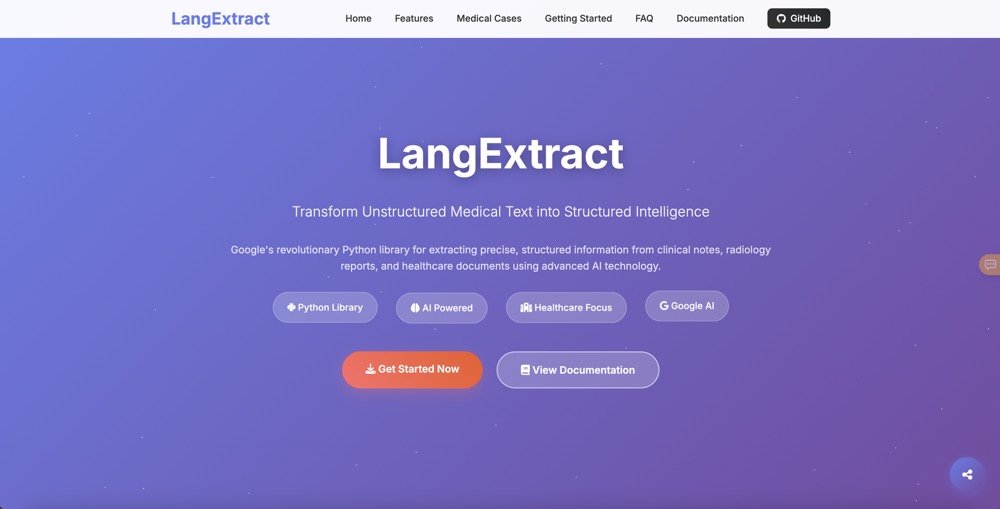Navigating Hardware Failures in the Age of Large Language Models - Insights from Meta's Llama 3 Training

The race to develop increasingly sophisticated large language models (LLMs) has ushered in a new era of computational challenges. Training these behemoth AI systems demands colossal processing power, often involving thousands of GPUs running continuously for weeks or even months. However, as the scale of these operations grows, so too does the probability of encountering hardware failures – a reality recently highlighted by Meta's experience training their Llama 3 405B model.
A Glimpse into Llama 3's Massive Training Run
Meta's latest LLM, Llama 3 405B, stands as a testament to the immense scale of modern AI training. Trained on a staggering 16,384 Nvidia H100 80GB GPUs – representing a significant leap in computational resources compared to its predecessors – Llama 3's training run spanned 54 days. This massive undertaking provided invaluable insights into the realities of maintaining hardware reliability amidst such demanding workloads.
Unveiling the Frequency of Hardware Failures
Throughout Llama 3's 54-day training period, Meta's cluster encountered a total of 419 unexpected component failures, averaging one failure every three hours. This data point underscores a crucial challenge in large-scale AI training: even with state-of-the-art hardware, failures are not merely possibilities, but rather statistical certainties.
Delving into the Culprits: GPUs and HBM3 Memory
Meta's analysis revealed a telling trend in the distribution of failures: in approximately half of the cases, the root cause was traced back to the GPUs themselves or their onboard HBM3 memory. This finding highlights a critical area of focus for hardware manufacturers and AI researchers alike – the need for enhanced reliability and resilience in GPU and memory technologies.
Implications for the Future of LLM Development
Meta's experience training Llama 3 provides a sobering glimpse into the challenges of maintaining hardware reliability at scale. As LLMs continue to grow in complexity and computational demands, so too will the importance of robust hardware infrastructure and effective mitigation strategies for inevitable failures.
Key Takeaways and Future Directions
The insights gleaned from Llama 3's training run offer several key takeaways for the LLM landscape:
- Hardware failures are inevitable at scale: As AI training scales to encompass tens of thousands of GPUs, even minor failure rates translate to frequent disruptions.
- GPUs and HBM3 memory are critical points of vulnerability: Meta's findings underscore the need for continuous improvement in the reliability and resilience of these core components.
- Robust fault tolerance mechanisms are essential: Effective strategies for detecting, isolating, and recovering from hardware failures without derailing training are paramount.
Looking ahead, addressing these challenges will be crucial for unlocking the full potential of LLMs. Advancements in hardware design, fault-tolerant software frameworks, and AI-driven predictive maintenance hold the key to navigating the complexities of training future generations of AI giants.

















Comments ()